Rising Urban Heat Islands
The phenomenon of urban heat islands is becoming increasingly pronounced, particularly in densely populated areas. This trend is driving demand for efficient cooling solutions, thereby bolstering the District Cooling Pipeline Network Market. Urban heat islands result from extensive concrete and asphalt surfaces that absorb and retain heat, leading to elevated temperatures in urban settings. District cooling systems offer a viable solution to mitigate these effects by providing centralized cooling that can effectively lower ambient temperatures. As cities grapple with rising temperatures, the District Cooling Pipeline Network Market is poised for growth, as stakeholders seek to implement sustainable cooling solutions.
Technological Innovations
Technological innovations are reshaping the landscape of the District Cooling Pipeline Network Market. Advancements in smart grid technology, IoT integration, and energy management systems are enhancing the efficiency and reliability of district cooling systems. These innovations enable real-time monitoring and optimization of energy use, which can lead to significant cost savings and improved service delivery. Furthermore, the integration of renewable energy sources, such as solar or geothermal, into district cooling systems is becoming more prevalent. This trend not only supports sustainability goals but also positions the District Cooling Pipeline Network Market as a forward-thinking sector that embraces cutting-edge technology.
Energy Efficiency Improvements
The District Cooling Pipeline Network Market is experiencing a notable shift towards energy efficiency improvements. As energy costs continue to rise, stakeholders are increasingly seeking solutions that reduce consumption while maintaining comfort levels. District cooling systems, which utilize centralized cooling plants, can achieve efficiencies of up to 50% compared to traditional cooling methods. This efficiency not only lowers operational costs but also minimizes environmental impact, aligning with global energy reduction goals. The increasing adoption of energy-efficient technologies within the District Cooling Pipeline Network Market is likely to drive growth, as municipalities and private developers prioritize sustainable infrastructure investments.
Regulatory Support and Incentives
Regulatory frameworks play a crucial role in shaping the District Cooling Pipeline Network Market. Governments are increasingly implementing policies that promote the adoption of district cooling systems, often providing financial incentives for developers and operators. These incentives may include tax breaks, grants, or subsidies aimed at reducing the initial capital investment required for infrastructure development. As a result, the market is likely to see a surge in new projects, particularly in urban areas where cooling demand is high. The supportive regulatory environment is expected to enhance the attractiveness of the District Cooling Pipeline Network Market, encouraging further investment and innovation.
Increased Demand for Sustainable Solutions
The growing emphasis on sustainability is a key driver for the District Cooling Pipeline Network Market. As environmental concerns gain prominence, both consumers and businesses are seeking solutions that minimize carbon footprints. District cooling systems, which utilize renewable energy sources and promote energy efficiency, align well with these sustainability goals. The market is witnessing a shift in consumer preferences towards eco-friendly solutions, prompting developers to invest in district cooling infrastructure. This increased demand for sustainable solutions is likely to propel the District Cooling Pipeline Network Market forward, as stakeholders recognize the long-term benefits of environmentally responsible practices.


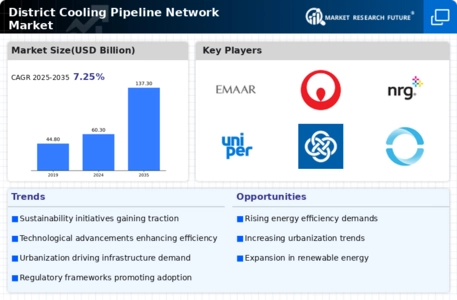
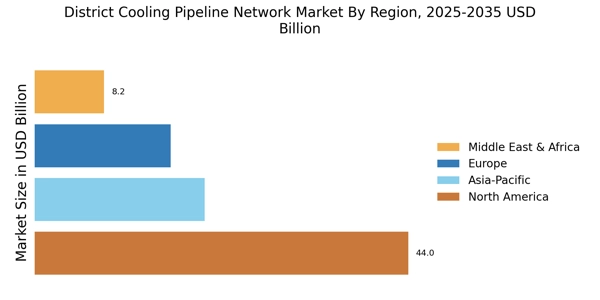
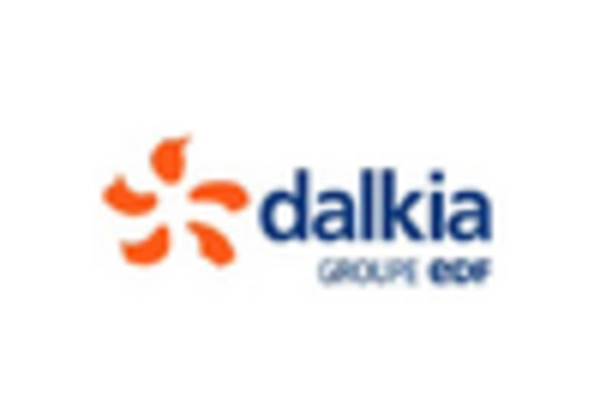
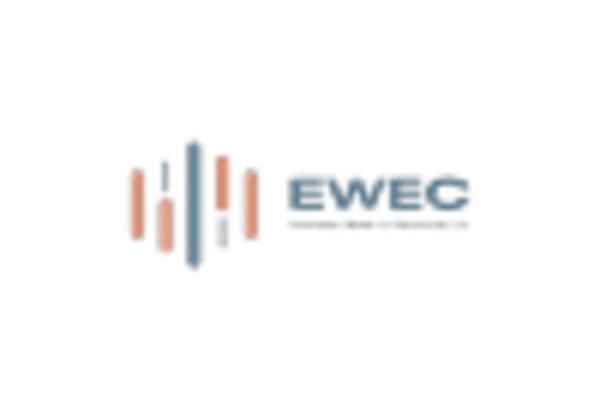
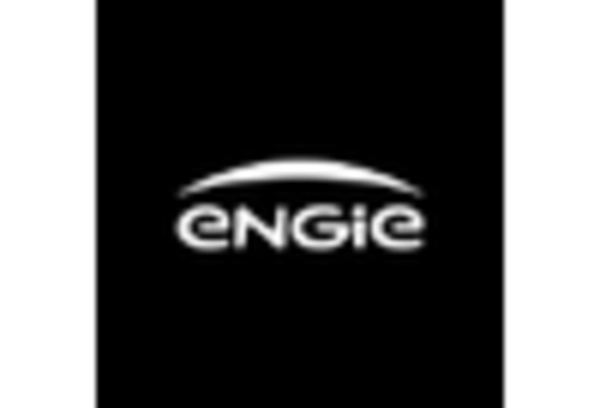
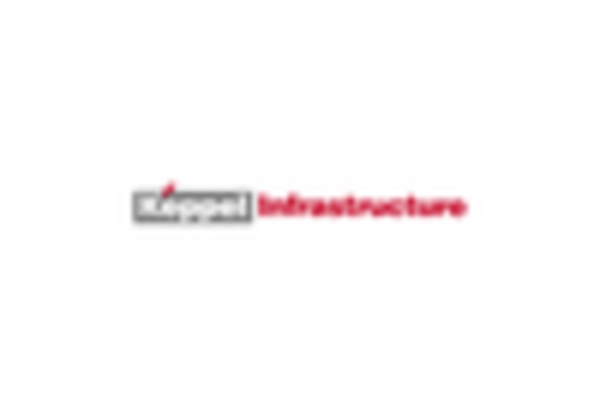

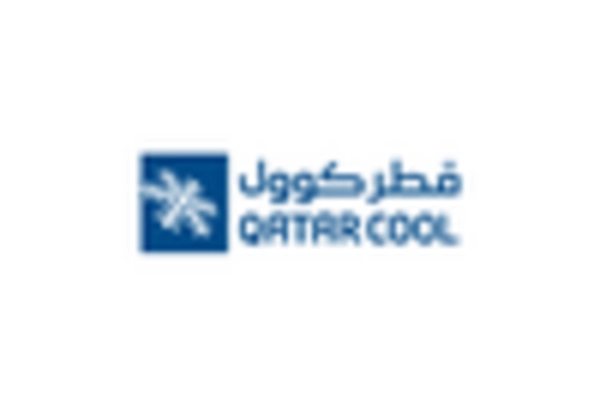








Leave a Comment